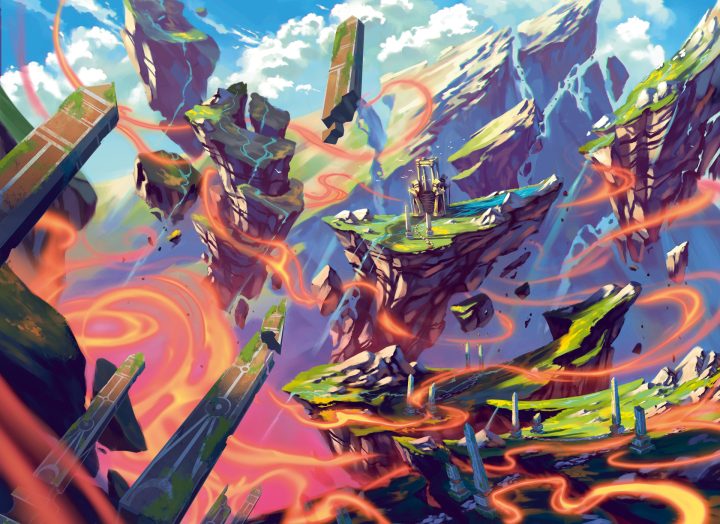The man… the myth… the legend… 2022 World Champion, 2022 United States National Champion, and three-time Calling Champion, Michael Hamilton is a household name on the tip of everyone's tongue. The world is watching with baited breath to see if Michael will defend the title again this year in Barcelona, but for now, he joins us to impart some sage advice…
I’ve always been a competitive person. You could ask my little sister about all the times we would play various video games throughout our childhood and bet small amounts of money or toys on the outcome of the game. I always wanted to be the best I could be. And for a long time, I thought I was.
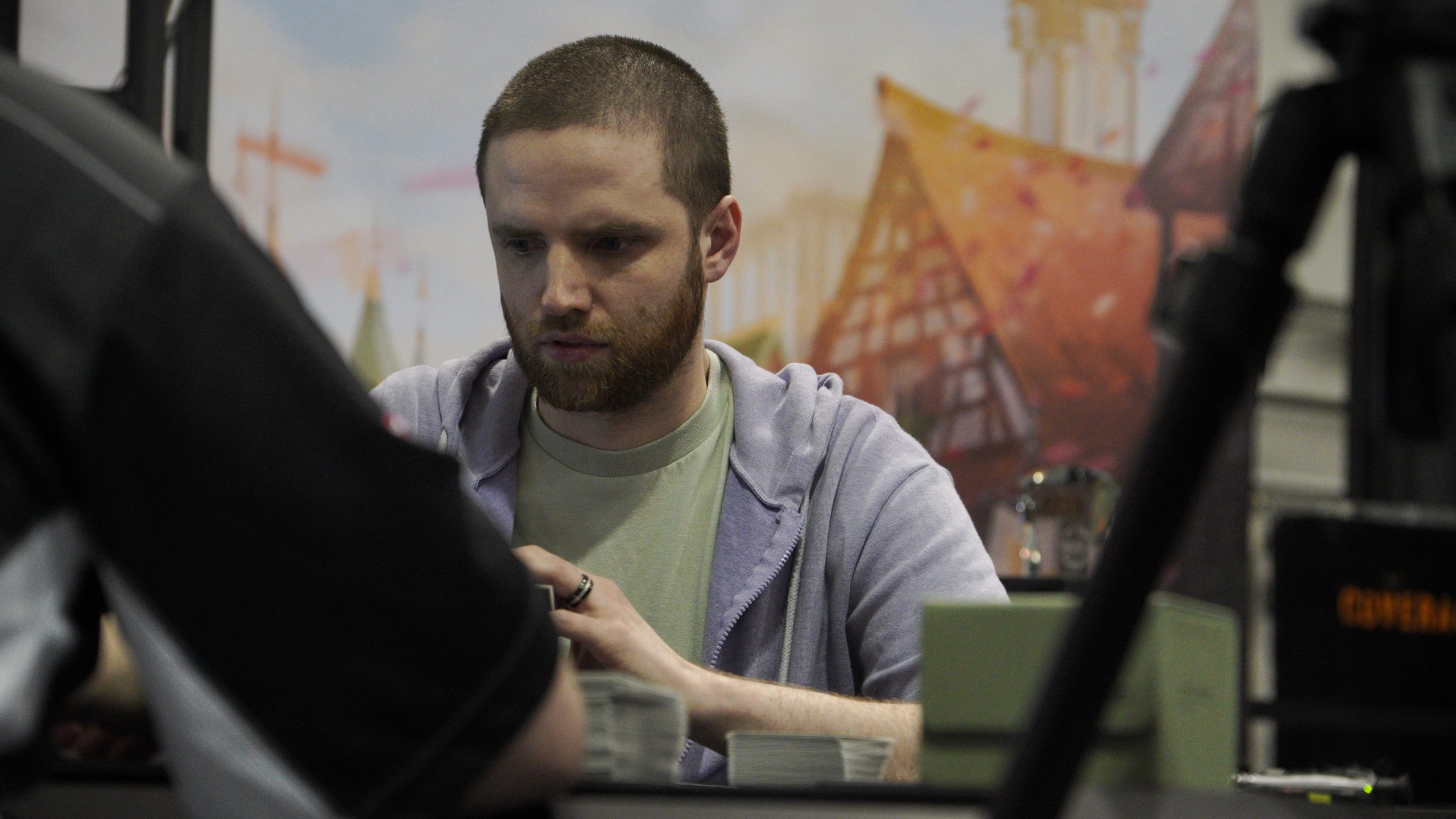
What You Can Control
As I got older, I discovered tournaments for these games I loved. I still remember going to my first tournament over a decade ago. I was so excited to prove how skilled I thought I was before swiftly being defeated by players who had mastered the game. I had only been playing casually with family and friends. I didn’t even know people could be that skilled. Discovering the competitive scene in gaming felt like a whole new world opening up to me. I wanted to compete with these amazing players. I wanted to reach a level where I could challenge them.
Since then, improving at these games has been a major focus in my life. My goal has always been to compete with the best players in any game I play. Last year at The World Championship, I did just that. Not only did I compete with all the best players, I also defeated them and won the most important Flesh and Blood tournament of the year.
When entering a tournament, it is never my goal to win the tournament. My goal is always to be happy/proud of my deck selection and the decisions I make across the tournament. You can’t control if you win or lose any game. You can only control the decisions you make. There are many things out of your control when you enter a tournament. Here are just a few examples:
- Will you get good matchups?
- Will you draw well?
- Will your draws line up well with your opponents’?
- Will you get to decide who goes first and second?
- Will your tiebreakers be good enough to make the top eight?
Spending too much time worrying about results will just lead you to the wrong places. Instead, I think it is much better to focus on the things you can control. You control what deck you bring and what cards you sideboard for each matchup. You control every decision you make during a game. You control how you sequence your cards to maximize the value of each hand. You control the amount of practice you get and the specific situations you prepare for. Focus on the things you can control, and the results are likely to follow.
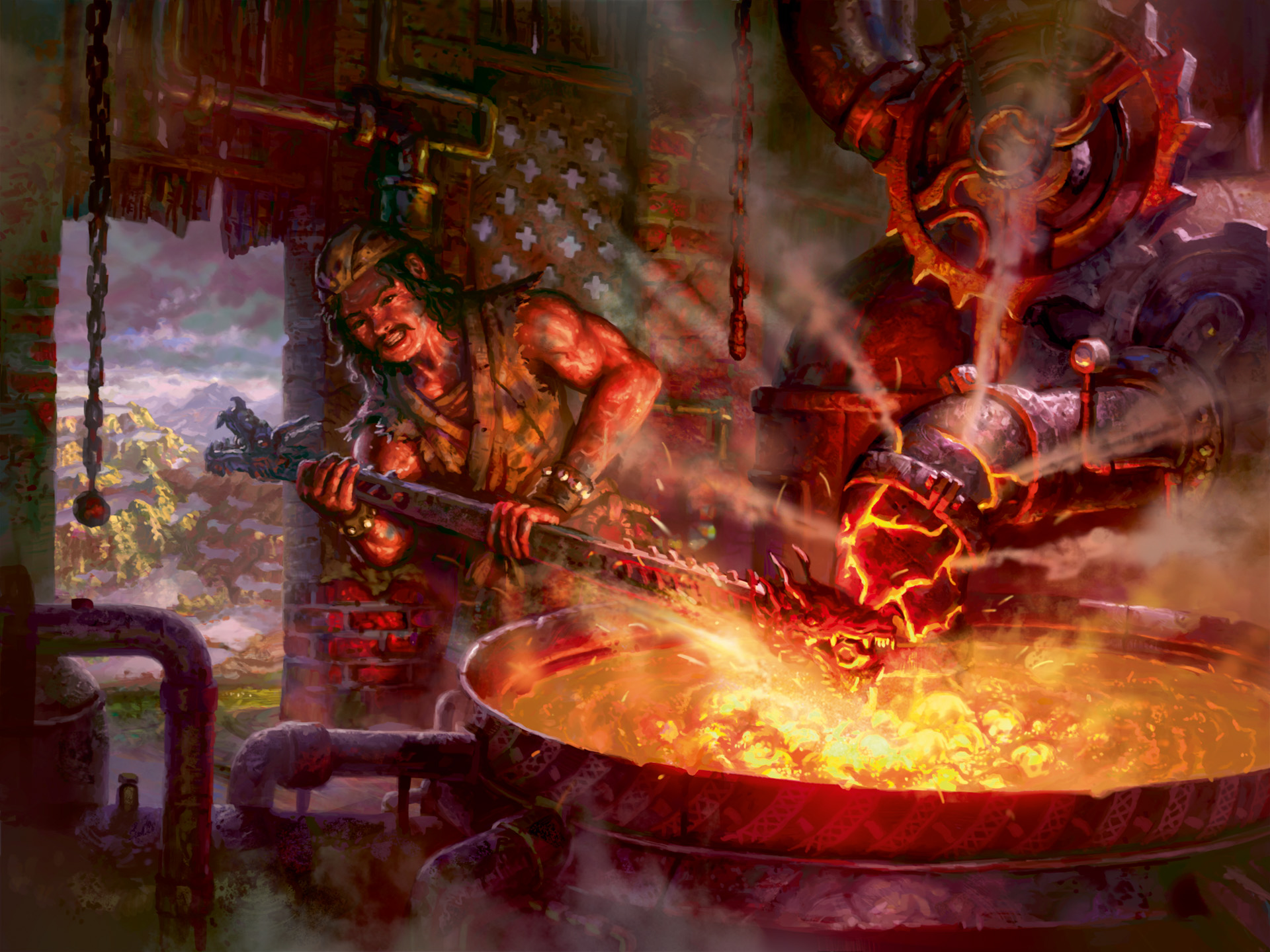
Choosing Your Deck
People talk a lot about “the best deck” or “the right deck”. In most formats, there are a decent number of decks you could register that all have solid arguments for them. For example, in this recent Nationals season, we saw Lexi, Briar, Dromai, and Iyslander all do extremely well. Additionally, most of the other heroes took down at least one National Championship. If you look back at Pro Tour: Baltimore, it was my opinion that Lexi was the best deck by a reasonable margin, but we saw the tournament won by Oldhim. He was matched up against Dromai in both the finals and the semi-finals. Your deck choice does matter, but it usually isn’t about making a correct or incorrect choice. Every format I’ve played in has had several heroes that give you a good chance to do extremely well in any tournament. What matters the most is having a strong version of a deck with a solid plan for the other decks you expect to face. Figuring out how to fight against the top decks and having a plan for how you’ll take them down is much more important than your specific deck choice.
At The World Championship last year, I brought Iyslander because I knew how to play her in each of the popular matchups in that format. I was experienced battling against Oldhim, Dromai, Briar, Fai, and Iyslander. I didn’t feel favored in every matchup, but I knew how to play them all and I felt confident in my sideboard decisions against each opponent.
Although I did choose to take Iyslander to the event, I was very worried leading up to the tournament. “What if I chose the wrong deck? What if I’m making a mistake?”. I think an argument could be made that Iyslander was the best choice for that tournament, but I also think you could make an argument for any of the other decks that made the Top 8. They all were doing very powerful things and if anything went a little different, any of them could have won the tournament. What matters more than figuring out which specific deck is “the best deck”, is building a strong gameplan for each potential matchup you may face.
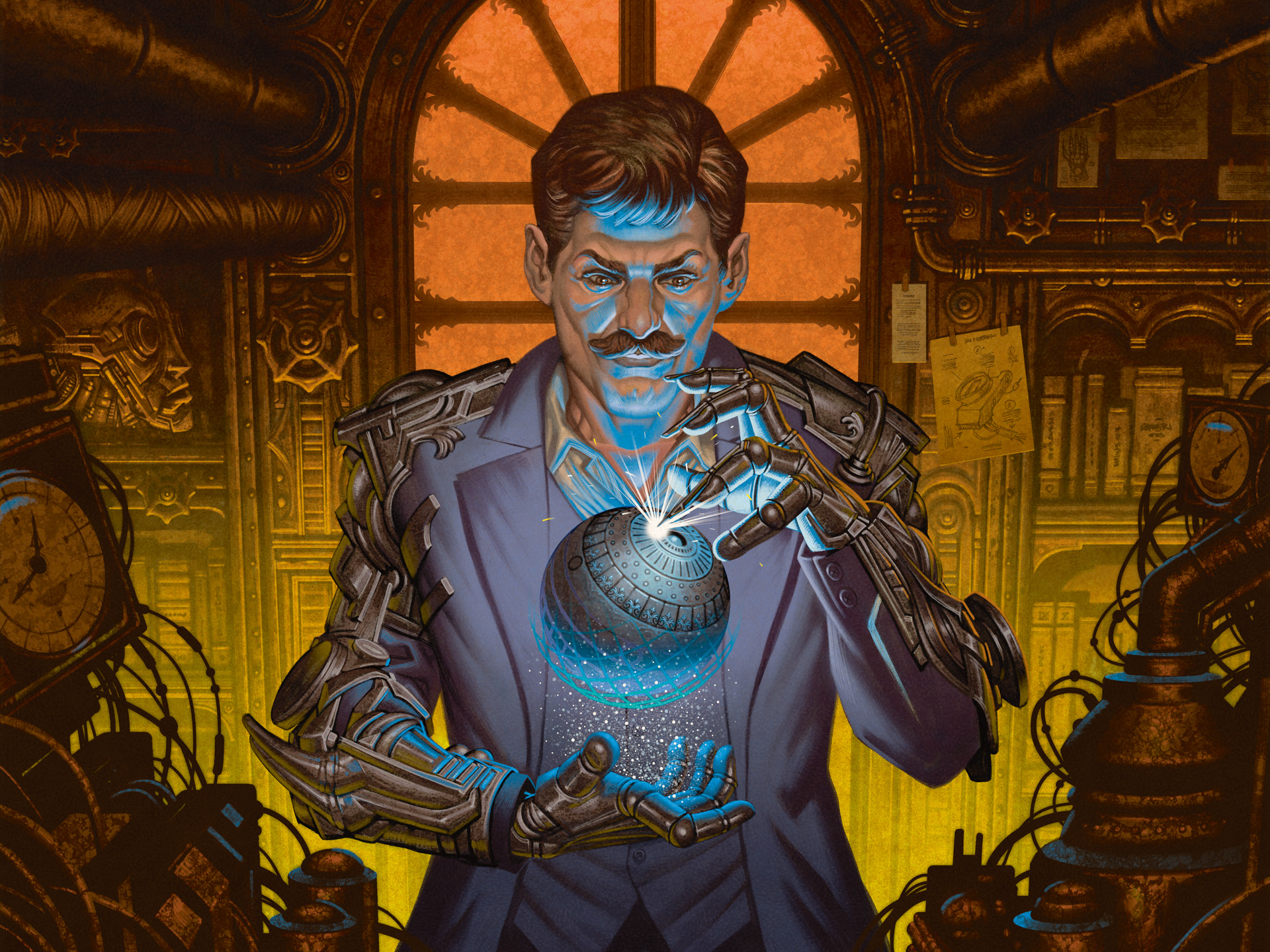
Effective Playtesting
Once you’ve found a deck you are reasonably happy with, it’s time to focus on the various matchups you’re likely to face. Having a good plan for any possible opponent is worth so much when you do end up facing them. Because of this, you should focus most of your playtesting time on figuring out these plans before the tournament.
Before I joined my testing team, The Wolfpack, my go-to for testing was sitting down across from a friend. We’d each play a few games with the decks we were planning to register for the tournament. Then we would take turns playing the decks that we each felt we needed to practice against. For example, if we both needed experience against Fai, but neither of us were planning to play Fai at the tournament, we’d take turns playing that Fai deck against the deck that our partner was planning to bring. The main purpose of this activity is to help your testing partner by giving them experience in a matchup where they need it. I’ve also found that it helps you learn the play patterns of this deck that you expect to be a part of the metagame. Because you can learn their vulnerabilities and weaknesses, the rounds where you are playing as the other deck can often be just as helpful as the rounds playing against it.
Even after joining The Wolfpack, we frequently encounter a situation where no one on the team is planning to play a deck that we expect to show up in large numbers. In those times, I have regularly used the above testing method to make sure we’re all able to get experience against the decks we need.
While you’re playing games, this is the time to pay close attention to what cards are overperforming in the matchup and what cards are leading to awkward draws or aren’t being as impactful as you’d expect them to be. This attention during testing is how I drew some unexpected conclusions about specific matchups. It’s how I learned I wanted to trim copies of Wounded Bull against Briar and Sink Below against Dash. These things aren’t obvious, and you likely wouldn’t make these conclusions without testing the matchups specifically. By paying a lot of attention to what is happening in the individual games, you can make pretty solid conclusions that will give you the best chances to win when you do face them in tournaments.
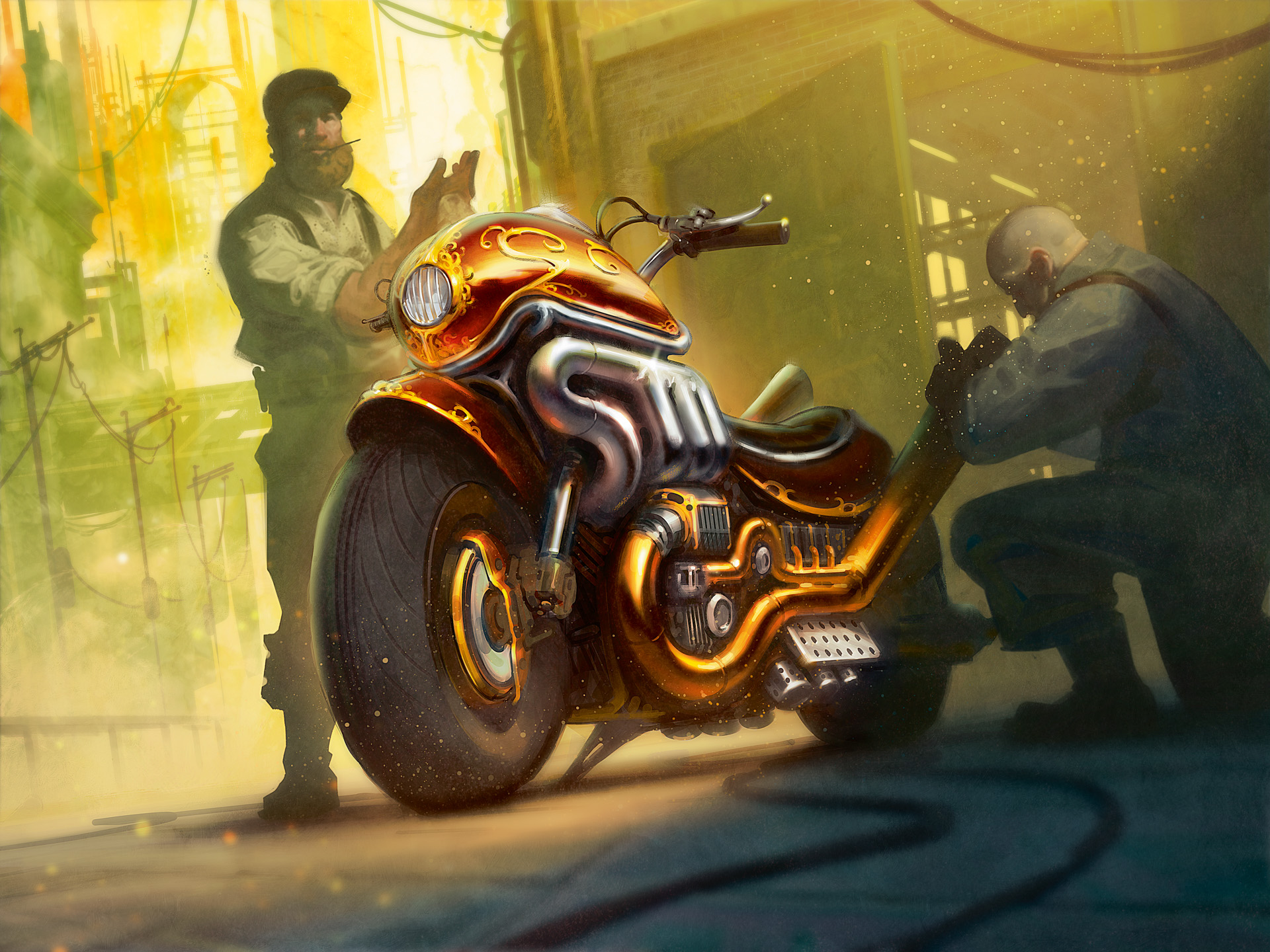
Draft Preparation
Preparing for the draft portion of an event is possibly the hardest part of these split-format tournaments. In Classic Constructed, you know what your deck is going to be doing. Despite there being a ton of permutations of the way you draw the 60-75 main deck cards you have, there is going to be a lot of familiarity in your play patterns and what you want to be doing from turn to turn.
Draft is significantly different. In each draft format, there are at least three different heroes that you want to be comfortable piloting. On top of that, draft decks of the same hero can look significantly different from each other, so you’ll need to be comfortable playing different styles of the same hero. Even further than that, you also have the whole drafting process itself where you only have a few moments to look through an entire pack of cards and choose which one is going to give you the best chance of winning games later. I think draft is one of the hardest, most skill-testing parts of Flesh and Blood.
Last year, the draft format at the World Championship was Uprising. We had been playing Uprising for quite a while including two separate pro-level split events beforehand. This meant that leading up to Worlds, I didn’t need to spend a lot of time on draft. I did a few drafts in person a couple of days before the tournament started, and that was a good enough refresher. For this year things are different.
Bright Lights was released on October 6th, and the World Championship includes six rounds of Bright Lights draft. We’re playing this tournament less than two months after the set came out. Here are the two things I am doing to prepare that I’d suggest you do as well to make sure you’re ready for the draft portion of Worlds:
- Organize and participate in as many drafts as possible. I’m going to aim for full eight-player drafts to match the format of the tournament, but honestly, any draft experience will be extremely helpful and I plan on showing up to any drafts I can. After drafting decks, it’s also important to not just take them apart. Keeping the decks around lets you get extra matches in at times after the draft is over when you don’t have a full group of players. I’ve had plenty of one-on-one jam sessions where we each bring a couple of different draft decks from drafts we’ve done and battle them against each other. It takes a lot of games to have a perfect understanding of the value of each card in a draft format, and you don’t need to do a full draft every time you are looking to practice more if you keep your decks.
- Once I’ve done a decent number of drafts and a bunch of games, I plan to rank all of the cards in each of the three heroes. This should be an individual process, but after you’ve finished, you can discuss it with testing partners or a team if you’re on one. Comparing and discussing our lists is something The Wolfpack has done before every major limited tournament, and it helps quite a bit. We examine each of the heroes and discuss our pick orders for commons and rares under the assumption that you’ve established that you are playing that specific hero. We also generally talk about what kind of things may change that pick order. An example would be the interaction between Seeker’s Leggings combining nicely with Peace of Mind in Outsiders draft. When you have one piece of this little combo, the other piece would be important to grab.
This is the process I’ve used to prepare for every limited event I’ve played in since Pro Tour: Lille, and I’m quite happy with how it has panned out so far. Although I never feel like I have as many drafts done as I’d like, I’ve always felt comfortable during the draft portion of events.
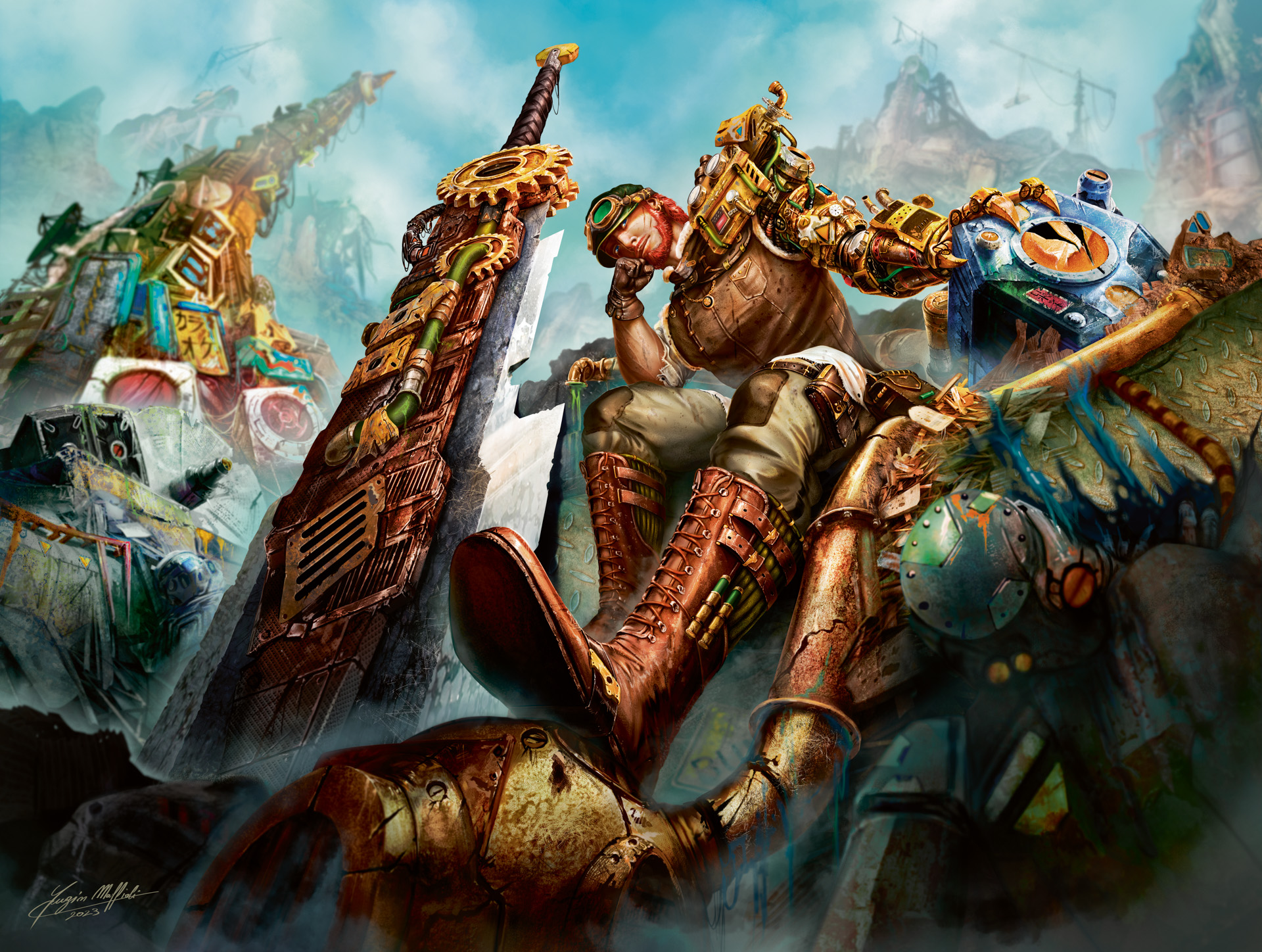
Winning Worlds
World Championship: Barcelona is only days away. It will be the most important tournament of the year. While making your final preparations, remember why you are competing in the event. I play Flesh and Blood to compete with the best players and to challenge myself to the unique puzzles specific to this game. I’ve made mistakes in every tournament I’ve played, and this year's World Championship will be no different, but my goal is to minimize them and do the best I can.
When competing at the World Championship this year, remember to play your best and do everything you can to maximize what is in your control. Spend that time figuring out your sideboard plans for each matchup and get all the draft practice you can. Ultimately the tournament will be won by someone who made many great decisions, but also had some luck on their side. That is the nature of card games. All you can do is control what you can to give yourself every opportunity to end up on top. If you do, maybe you will be this year’s World Champion.

